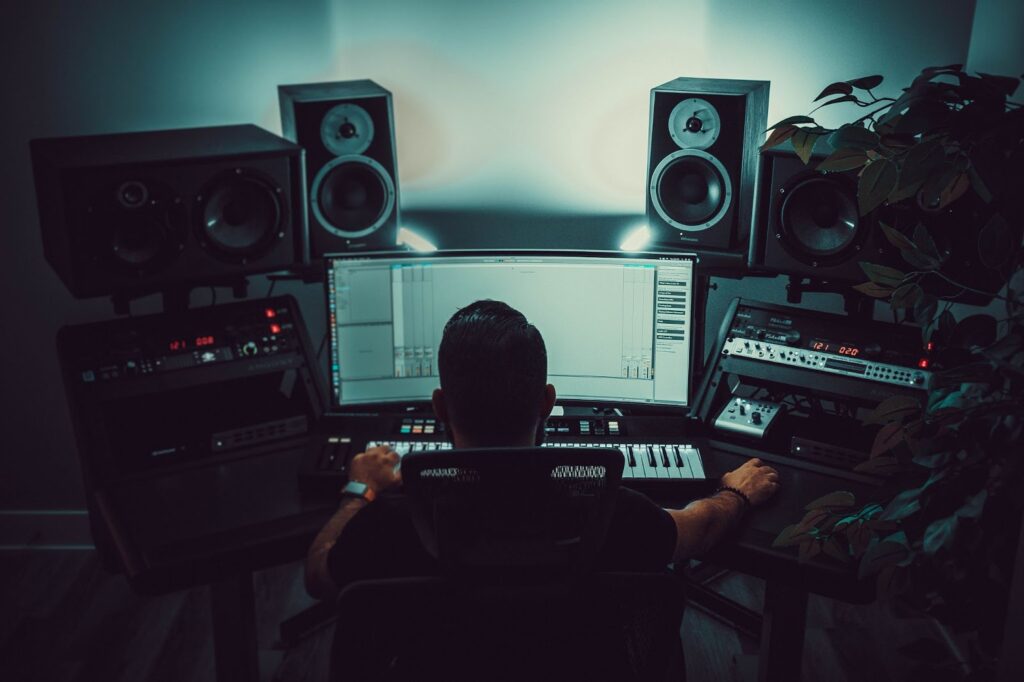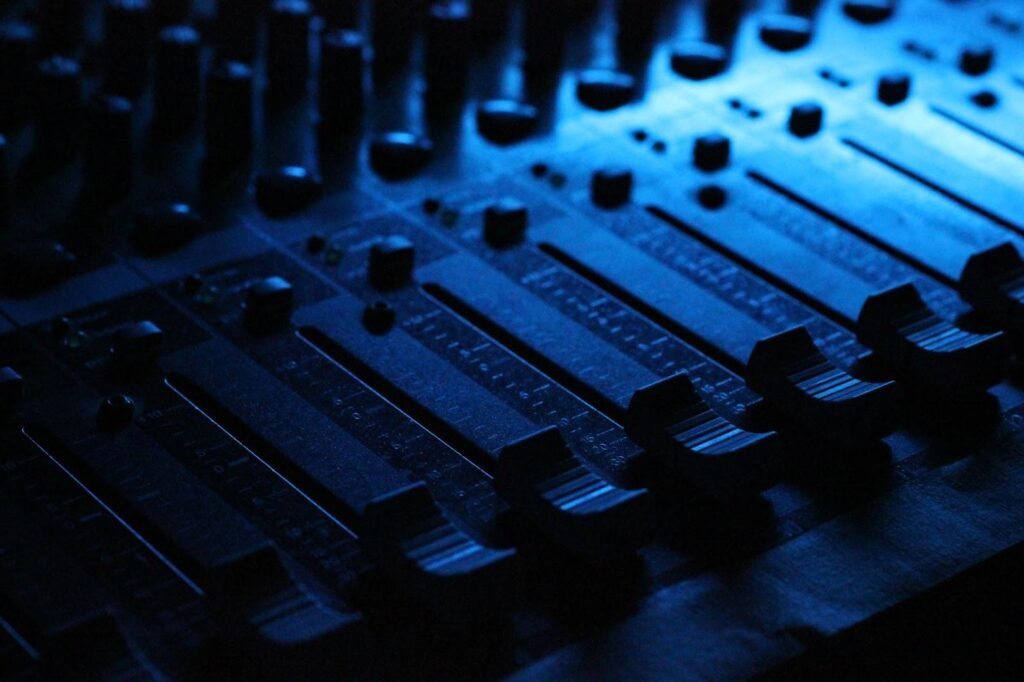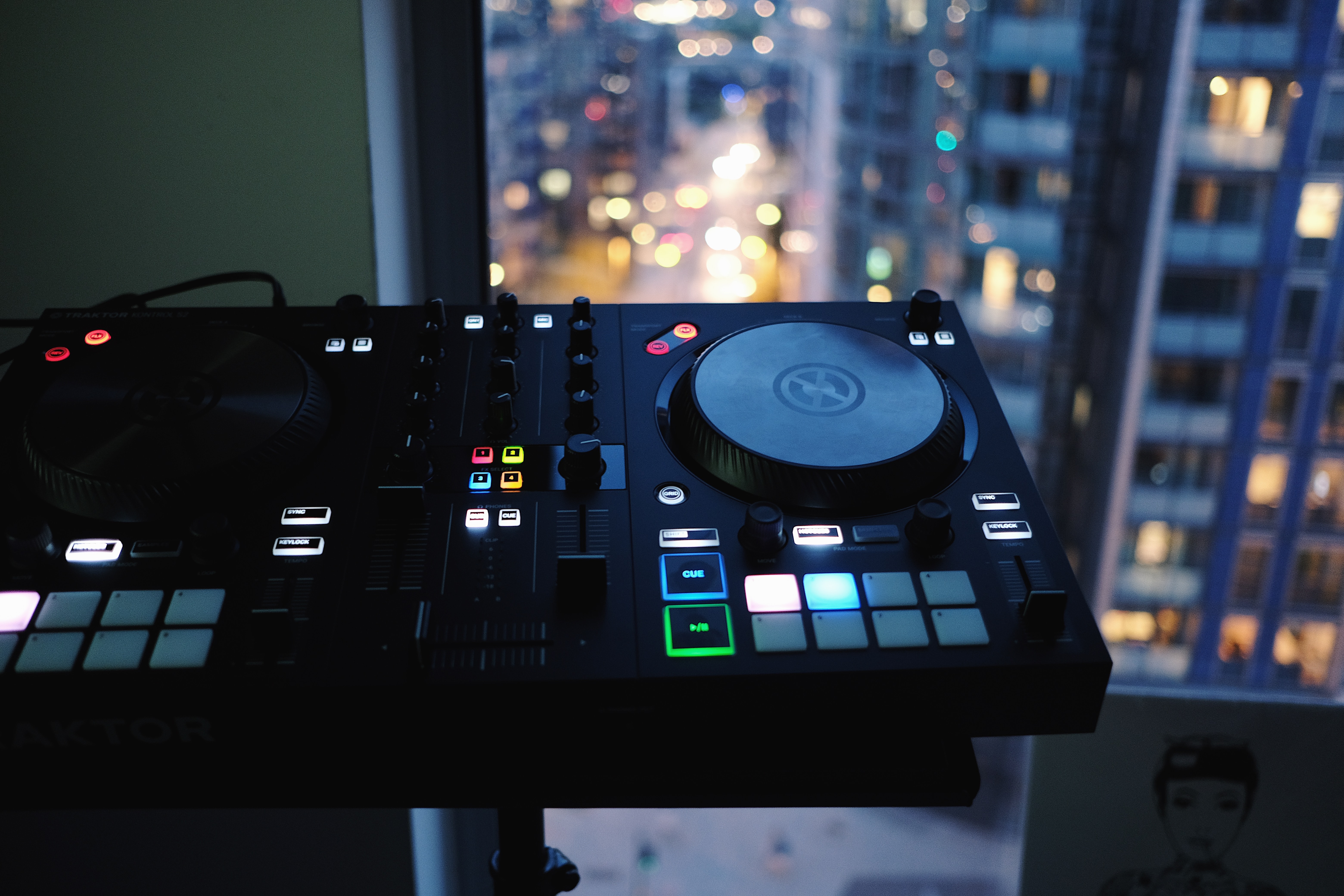As a DJ, it is essential to keep the beats in and the noise out when performing in clubs or practicing in your studio. Soundproofing is the solution to minimize noise pollution and ensure a great experience for you and your audience. This article will discuss the fundamentals of soundproofing and provide guidance on incorporating these techniques into your DJ setup.
Understanding Soundproofing
Soundproofing involves reducing the transmission of sound waves from one area to another, ensuring that sound does not escape or enter a room. To achieve this, there are two types of sound transmission to consider: airborne sound and impact sound. Airborne sound is the sound that travels through the air, while impact sound is the vibration caused by physical contact. Understanding these types of sound transmission is critical in selecting the appropriate soundproofing materials and techniques.

Soundproofing Materials and Techniques for DJs
To effectively soundproof for airborne sound transmission, there are several materials and techniques that DJs can use:
- Acoustic foam
- Mass-loaded vinyl
- Soundproof curtains
Acoustic foam is used to absorb sound waves and reduce echoes, making it an excellent solution for soundproofing a DJ booth or studio. Another popular material is mass-loaded vinyl, which is used to add mass to walls and ceilings, thereby reducing sound transmission. Soundproof curtains are also commonly used to cover windows and doors, preventing sound from entering or escaping the room. Additionally, double-pane windows can be installed, which can provide excellent insulation against airborne sound transmission.
To soundproof for impact sound transmission, different materials and techniques are necessary. Impact sound can be more challenging to block than airborne sound. To reduce impact sound transmission, DJs can use materials such as mass-loaded vinyl, which adds mass to walls and ceilings, and resilient channels, which decouple the wall or ceiling from the room’s structure. These channels act as shock absorbers, reducing the transmission of impact sound. Additionally, installing thick carpets or rugs on the floor can help to absorb impact sound. It is also essential to seal any gaps or cracks in the walls, ceiling, and floor, as these can allow impact sound to travel through. By using these materials and techniques in combination with those for airborne sound transmission, DJs can achieve optimal soundproofing for their setup.
Soundproofing Your DJ Booth
Here are some additional tips to soundproof your DJ booth:
- Use acoustic foam to cover the walls and ceiling of the booth. This will help to absorb sound and reduce echoes.
- Install mass-loaded vinyl on the walls and ceiling of the booth. This material adds mass to the walls and ceiling, reducing sound transmission.
- Use a sealant to fill any gaps or cracks in the walls, ceiling, and floor of the booth. This will prevent sound from escaping or entering the room.
- Install a solid core door on the entrance to the booth. This will help to minimize sound transmission through the door.
- Install a sound barrier curtain in front of the doorway. This will provide an additional layer of soundproofing and help to prevent sound from escaping or entering the room.
By using a combination of these tips and the techniques outlined in the article, you can achieve optimal soundproofing for your DJ booth. Remember always to select the appropriate materials and techniques based on your specific needs and budget.

Soundproofing Your Studio or Practice Room
As a DJ, having a soundproof studio can be crucial to your creativity and productivity. Here are some tips to help you soundproof your home studio and minimize noise pollution.
Use Green Glue
Fitting layers of drywall separated by Green Glue is one of the most effective ways to reduce sound leakage from your practice studio, even though it may not be the cheapest option. By providing a barrier to sound waves before they vibrate the outer walls, the Green Glue absorbs many of the sound waves, providing some of the benefits of professional soundproofing at a fraction of the cost. Additionally, drywall panels are relatively cheap, and by fitting them in a double layer on the walls, ceiling, and floor in your practice room, you can achieve optimal soundproofing. However, to achieve the best results, it is recommended that you use a combination of materials and techniques, such as acoustic foam, mass-loaded vinyl, and soundproof curtains.
Get Speakers on Spiked Stands
If you’re looking for an effective way to reduce vibrations transmitted to the floor and improve sound quality, using spiked stands is a great option. By holding the speakers rigid, they can reduce the vibrations caused by direct contact with the walls or shelves. This, in turn, can improve the overall sound quality of your music and help you achieve even better performance.
Enhance Room Acoustics
Using carpet, heavy curtains, soft furnishings, and plants in corners can have a negligible effect on soundproofing but can significantly improve how good the music sounds within your room. Adding soft furnishings to the room can help to deaden the sound and reduce echo. Carpets can be used to absorb sound and reduce vibrations, while plants can help to absorb sound and make the room feel more natural. Heavy curtains can also be used to help absorb sound and reduce echoes. While these methods may not wholly soundproof the room, they can certainly help to create a more pleasant and professional-sounding environment.
Darken the Room and Look for Light
Making the room as dark as possible and looking for light can help identify areas where sound can escape. For example, light can be seen coming through gaps in doors, windows, or walls. Once you have identified these areas, you can deal with them to reduce sound escaping by filling the gaps with acoustical caulk or using weather-stripping tape. Additionally, you can install door sweeps on the bottom of doors to prevent sound from escaping through the gap between the door and the floor. Taking these steps can significantly reduce noise pollution and create a more soundproof environment.
Seal Electrical Outlets, AC Fittings, Pipes, etc.
Filling the gaps in walls with acoustical caulk is a simple yet effective way to soundproof your DJ booth or studio. By sealing electrical outlets, AC fittings, pipes, and other gaps, you can prevent sound from escaping or entering the room. This can significantly reduce noise pollution and create an environment that is conducive to creativity and productivity. However, it is essential to note that while acoustical caulk can help to reduce sound transmission, it is not a complete solution for soundproofing. To achieve optimal soundproofing, it is recommended to use a combination of materials and techniques, such as acoustic foam, mass-loaded vinyl, and soundproof curtains, in addition to filling the gaps with acoustical caulk.
Fit Drywall Panels
Drywall panels are relatively cheap and can be fitted in a double layer on the walls, ceiling, and floor in your practice room. Separating the layers using Green Glue can absorb many of the soundwaves before they vibrate the outer walls, providing some of the benefits of professional soundproofing at a fraction of the cost.
By considering these tips and using the appropriate materials and techniques, you can create a well-soundproofed studio that is conducive to creativity and productivity. Whether you are a beginner or a professional DJ, soundproofing is a necessary investment that will benefit you in the long run.
Conclusion
In conclusion, soundproofing is crucial for DJs to create an environment that is conducive to creativity and productivity. By understanding the basics of soundproofing, selecting the appropriate materials and techniques, and implementing them in your DJ setup, you can achieve excellent sound quality and minimize noise pollution. Whether you are a beginner or a professional DJ, soundproofing is a necessary investment that will benefit you in the long run.


